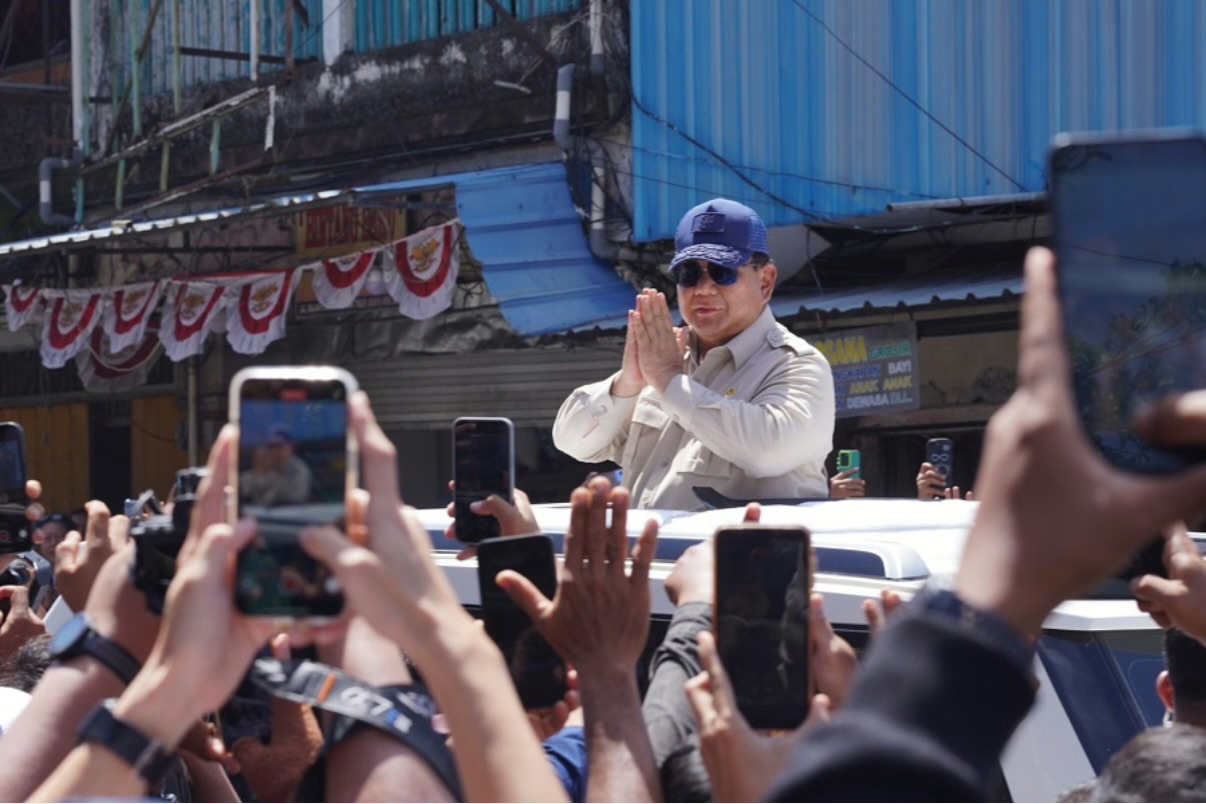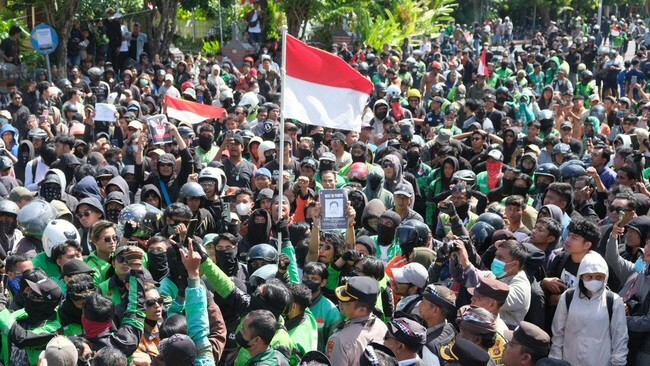Indonesian President Prabowo Subianto urgently flew to Bali from Abu Dhabi, where he was having meetings. On Saturday, September 13, 2025, he arrived in Denpasar to personally witness the aftermath of the largest flood in the past decade.

The first stop of the trip was the Badung Market in central Denpasar. Its underground floor was completely flooded, the market stalls were damaged, and some pavilions collapsed. Wearing rubber boots, the president walked through the corridors that hadn't been cleared yet, inspected everything firsthand, and spoke with vendors and locals. According to witnesses, he inquired about what was needed to restore trade.
The entourage then moved to areas where residential homes were affected. Prabowo visited several yards where the water was knee-deep and walls were damaged. Later, at a temporary shelter, he met with dozens of families who had lost their homes. The president promised assistance and asked Bali's Governor Wayan Koster to expedite the distribution of humanitarian kits. Prabowo's working visit concluded at the home of one of the flood victims, where he came to support the family.
In just one day, Denpasar received a month's worth of rain. The Badung River overflowed, washing away bridges and flooding dozens of streets. According to official BNPB (National Disaster Management Agency) data, 18 people died, and two more are missing. Dozens of families lost their homes, many now in need of repairs.
Traders were particularly affected. At the Kumbasari Market, water flooded the stalls and warehouses. Many entrepreneurs lost goods and equipment. It may take months to restore trade. Small shop owners located on streets near the quay feel the losses too.
Besides the human casualties, roads and public utilities in Bali's capital were destroyed. Governor Koster emphasized that the most important task now is to provide housing to families left homeless and to restore infrastructure.
The catastrophe was caused by rare atmospheric phenomena - Rossby and Kelvin waves, which lead to the formation of dense rain clouds. BNPB head Sukharyanto explained that such waves occur every 5–10 years. The island last faced a flood of this scale in 2015.
Scientists emphasize that these phenomena cannot be stopped, but can be predicted in advance. BMKG (Indonesian Meteorology, Climatology, and Geophysics Agency) warned of high risks of extreme rainfall, but the disaster's scale exceeded expectations.



You can add one right now!